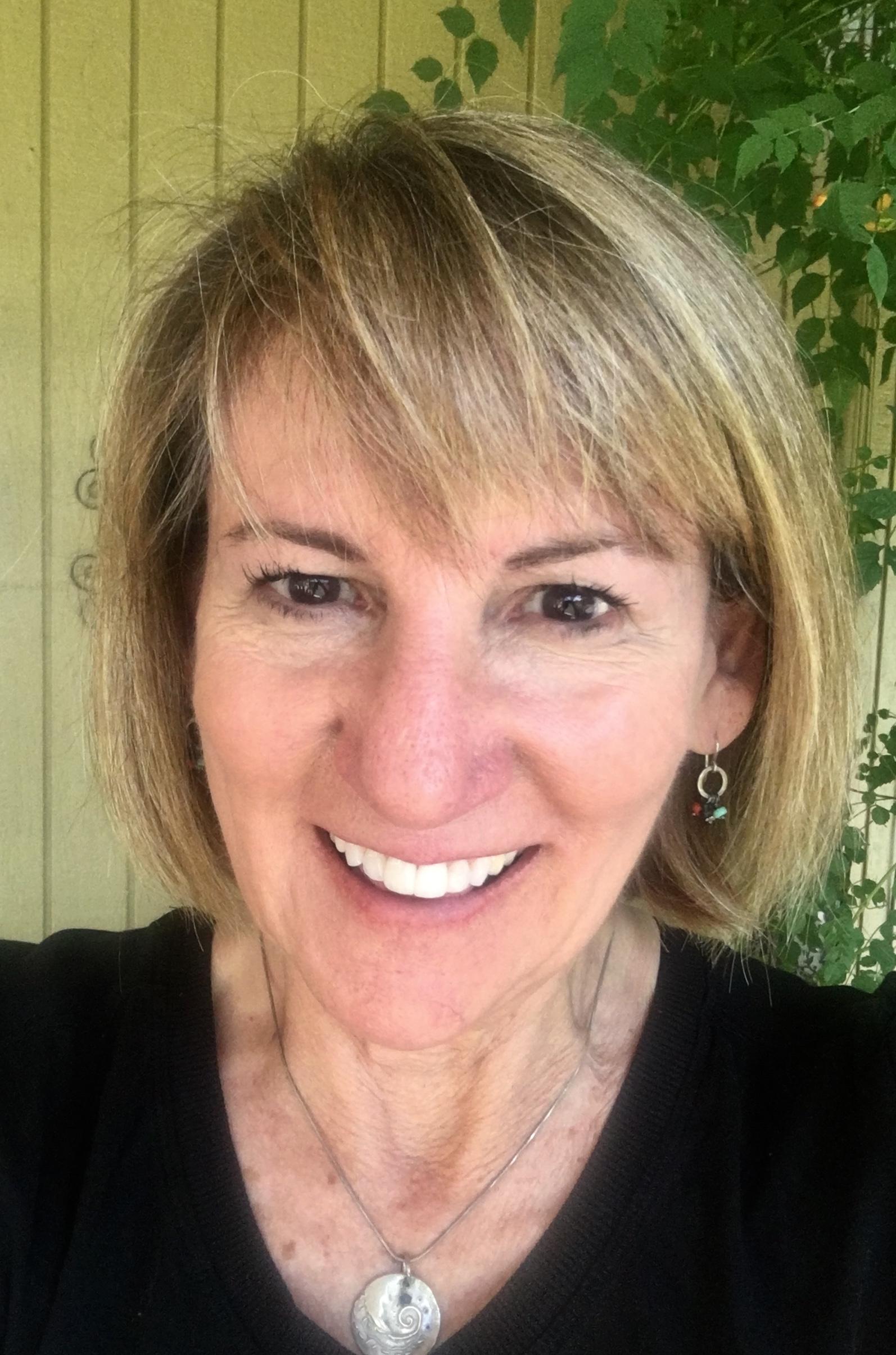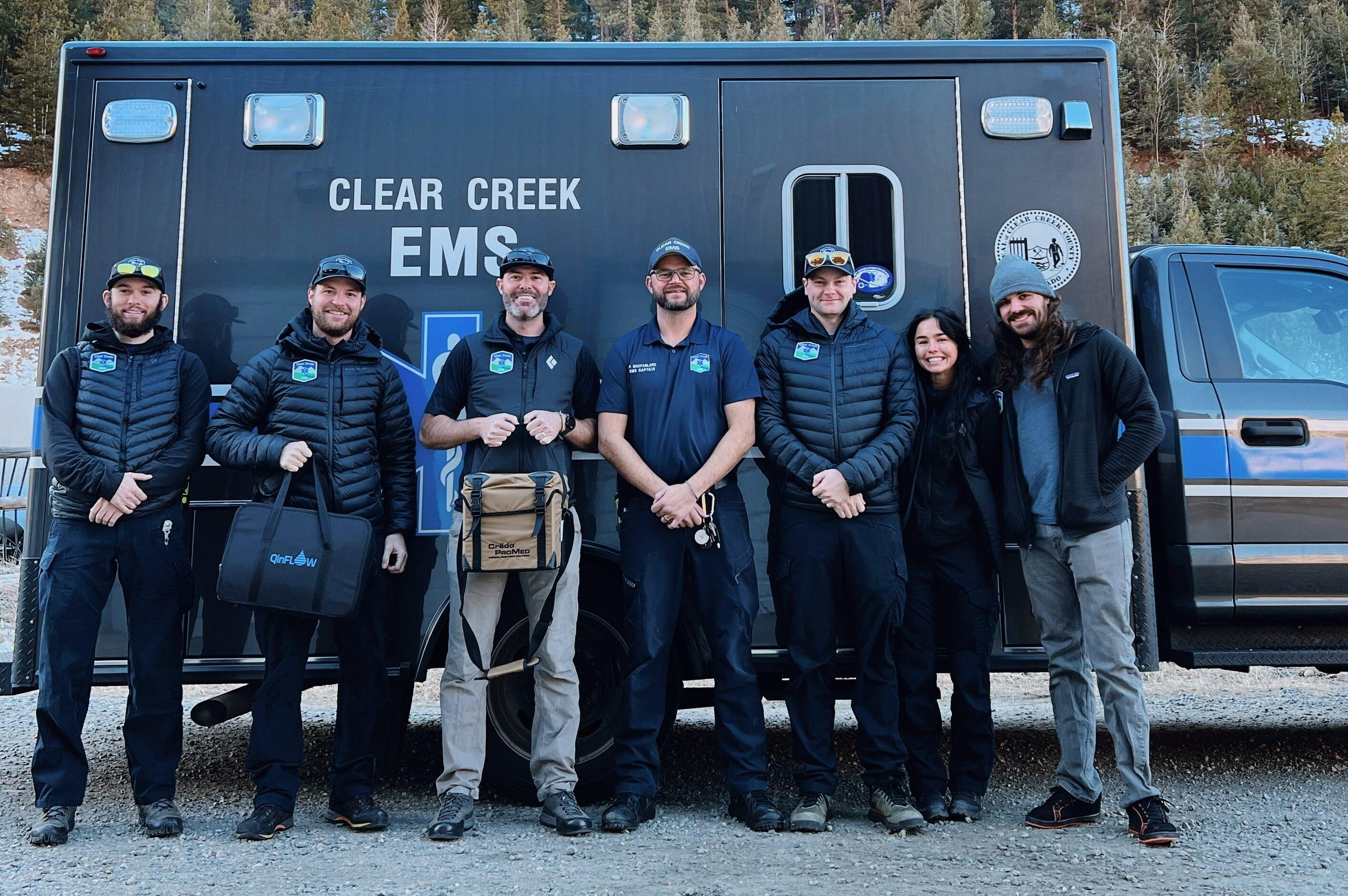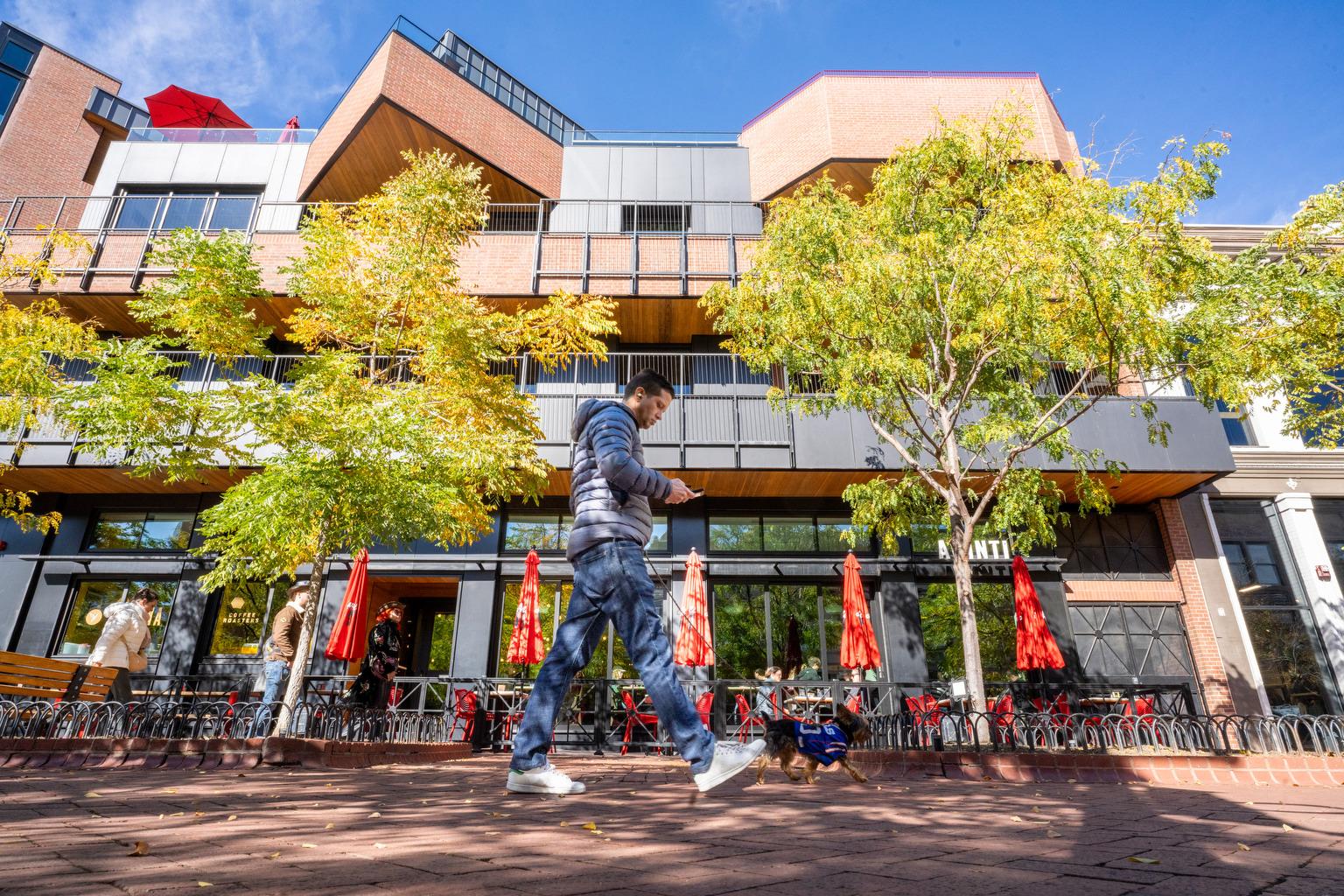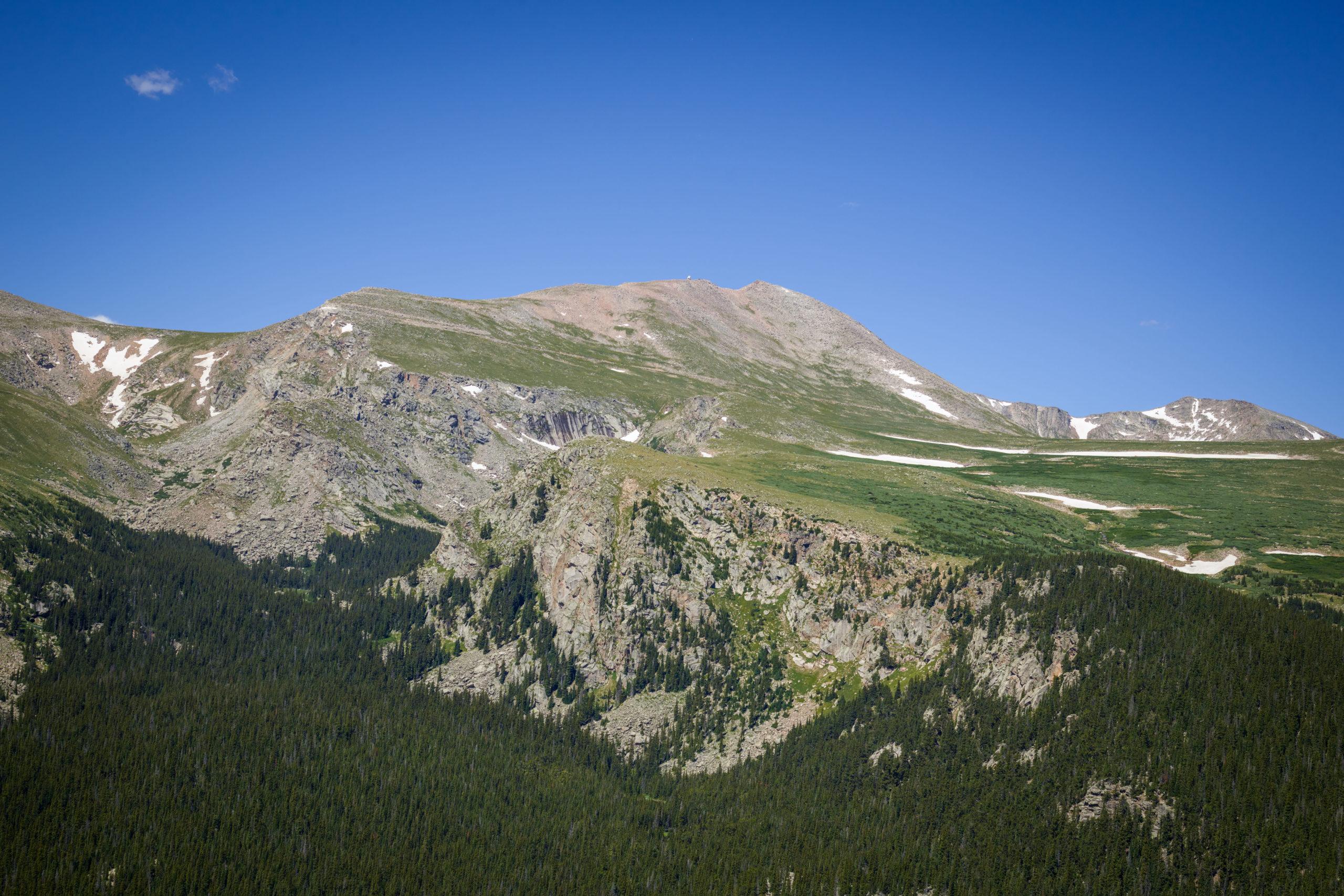
Moving mountains is a proverbially tough task. Naming mountains is no easier.
If a mountain is to have a moniker it requires state and federal approval, compliance with a host of rules, the gathering of heaps of local support and, sometimes, even an act of Congress.
So, let’s say, you want to name a solitary summit after a family friend, or someone who deserves a mountain of recognition? That’s what Robert Taylor of Grand Junction asked Colorado Wonders to find out.
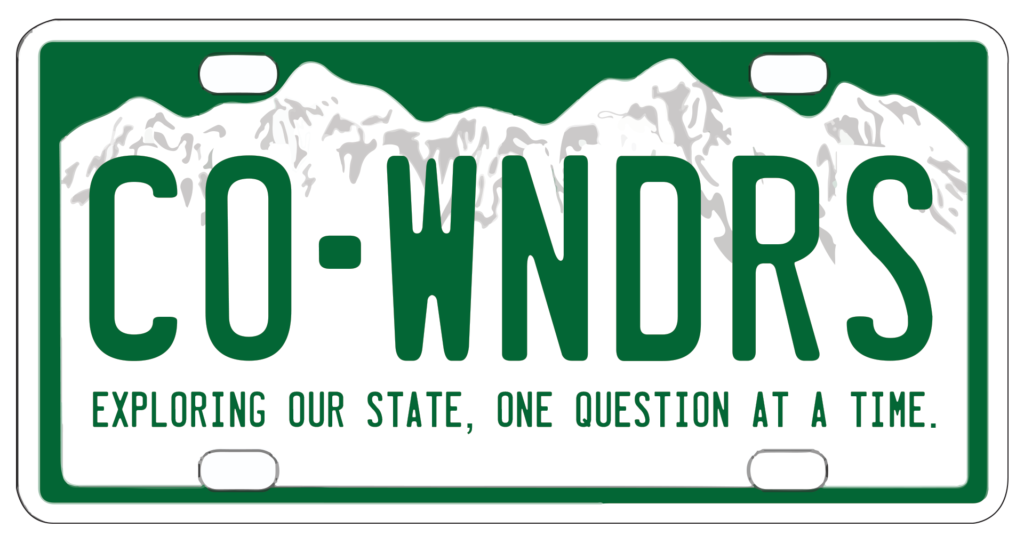
The process sounds a bit cut-and-dried: go on the U.S. Board of Geographic Names web page and fill out a name-change form. To do that, you will need to know some geography, including the longitude and latitude of the mountain. You will have to have proof that said mountain is currently unnamed. And you will have to provide evidence that the proposed name is locally known. If a mountain is being named after a deceased person, there is a waiting period of five years following the death.
That is just the start.
The Colorado Board on Geographic Names has to weigh in and make sure names aren’t duplicated and that proposed name honorees have a local connection. The board gets input from public land managers, national parks, Native American tribes and local governments. The board also determines if there is opposition.
There is no quick rubber-stamping of name proposals. Since 1890, some 485 Colorado peaks have been named by going through the state and federal approval process. There is no record of how many failed.
Retired Colorado State Archivist George Orlowski, a member of the Colorado Board on Geographic Names, said the state board always gathers as much input as possible and looks for direct connections between a name and a feature because name changes are permanent. They can’t be undertaken lightly.
“What we run into time and time again is, instead of a feature in need of a name, we have a name in search of a feature,” Orlowsky said in 2015 when he last spoke to Colorado Matters about mountain naming.
To help — or possibly discourage — Robert Taylor or anyone else who might want to name a mountain, here is a firsthand account of someone who proposed naming two peaks in southwest Colorado and succeeded. It only took 10 years of trying.
Telluride attorney and alpinist Steve Johnson wanted to name two side-by-side peaks after Norwood-based mountaineers Charlie Fowler and Christine Boskoff. The pair died in an avalanche while climbing in Tibet in 2006.
Both were known as world-class climbers. They were also known for philanthropy and advocacy for human rights in southwest Colorado as well as in the wide world they traveled for climbing adventures.
Johnson said the idea grew with members of a search committee who had spent half a very difficult year locating Charlie’s body in Tibet and then had to complete the recovery of Boskoff’s body the following spring. The grieving searchers cast about for a way to honor Fowler and Boskoff and came up with the idea of naming local peaks for them.
It just so happened that there were two unnamed 13-er peaks on the northern edge of San Miguel County in the San Juan Mountains. After the required five years wait after their deaths, Johnson learned that his proposal had a complication that could have stopped it there; one side of the peaks bumped up against a wilderness area. Naming peaks in wilderness requires legislation, not simply board approval. And naming wilderness peaks after humans is discouraged.
Johnson decided to go the political route.
“I decided to approach Sen. Mark Udall, who was known to be a mountaineer, and he got behind the idea once we brought in some grassroots support,” Johnson said.
It would take another five years while Johnson doggedly solicited support from outdoor organizations, local politicians and a changing cast of senators and congressional representatives. The peak-naming legislation was attached to other bills that either didn’t go anywhere or were not acceptable to Johnson.
Finally, in 2019, the peak-naming bill was attached to a conglomeration of bills that was called the Dingle Act. It rode to passage on the coattails of that act but not before Johnson was sent back to the drawing board to refresh letters of support and get buy-in from a neighboring county.
The naming of Fowler and Boskoff peaks is the only known instance of names being established in Colorado through an Act of Congress. It is also one of only two approved in wilderness areas since 2007 when a database began, according to Jennifer Runyon, a researcher with the U.S. Board on Geographic Names.
“It was quite difficult, both personally and emotionally as well as logistically,” Johnson said of the whole effort.
There are five other peaks in Colorado proposed for name changes or a new name. Four have to do with getting rid of names considered offensive and replacing them with a more deserved namesake. One would name a peak without a current identifier.
The proposed changes are:
- Replace “Squaw Mountain” in the Arapaho and Roosevelt National Forest with “Mistanta Mountain.” Mistanta was a prominent Southern Cheyenne woman who married William Bent, the founder of Bent’s Fort. Mistanta was well known as a translator and a trade negotiator at the fort.
- Replace “Redskin Mountain” in the Pike and San Isabel National Forest with “Mount Jerome” after Irene Jerome Hood, a photographer and artist in the late 1800s and early 1900s. She documented the lives of families and women in her photography.
- Replace “Mount Evans,” one of Colorado’s most famous peaks, with “Mount Cheyenne Arapaho” or “Mount Soule.” These competing proposals would remove the name of the territorial governor who ordered the Sand Creek Massacre. The first name would honor the tribe whose members were killed in the 1864 raid on their camp. The second name would commemorate Silas Soule, the Army captain who refused to participate in the massacre.
- Name a 7,655-foot peak on mostly private land in Jefferson County “Cimarron Peak,” using a word that means “wild and untamed” in Spanish.
